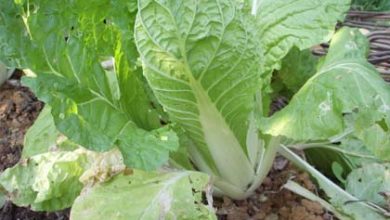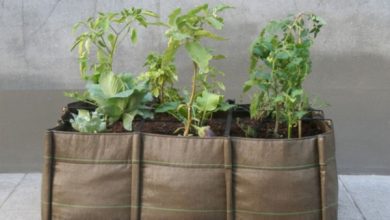Planting Oregano has never been so easy: In this article we show you how to do it
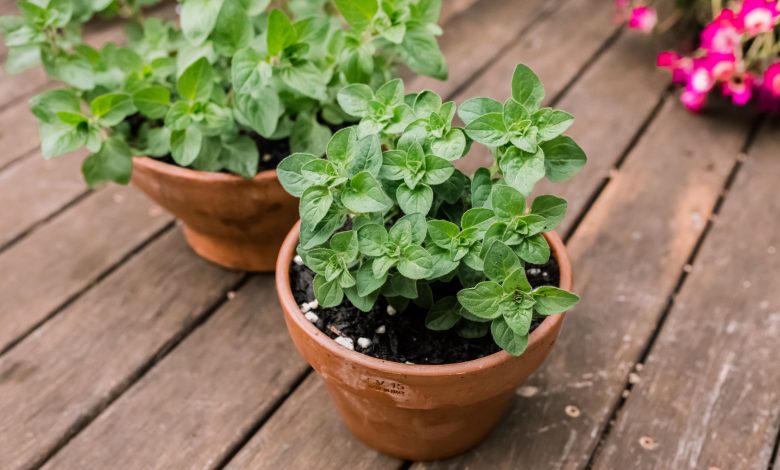
Plant Oregano Step by Step:
- When? in mid spring.

- Where? Place that receives direct sun. It can also be in the shade, although it is not recommended.
- Harvest time? Flowering between June and September.
- How do we prepare the land? We remove weeds, till and mix organic matter. pH between 6.5 and 7.5
- How do we water? Ideal, drip. It does not require much water except in times of high heat and little rain.
- How do we sow? To see here.
- When and how do we harvest? We will harvest in June and September, cutting the stems that have grown the most. Just before blooming.
- Favorable associations? Cantaloupes, watermelons, cucumbers, pumpkins, cabbage, and broccoli.
- Plagues and diseases? Aphids, spider mites, leaf miners, mildew, powdery mildew.
Oregano is one of the most used aromatic herbs in Italian cuisine, but it is not only important for its aroma and flavor.
It also has a wide variety of benefits for humans, among which we can mention its anticancer action, its anti-inflammatory power and its analgesic and antibacterial effect.
In addition, it is very easy to grow either at home, in the garden or in the orchard.
Follow the steps below tolearn how to grow oreganoand enjoy it always fresh.
What do we need to grow oregano?
When? The dates
We want to plant oreganoin mid spring.
About 6 weeks after last frost.
Where? Temperature and Light
It is a crop that grows best in warm climates. It adapts very well to temperate and subtropical climates, not too dry.
It resists frost well, although in such cases, it is best to plant it indoors.
They prefer temperatures between 15 and 20°C, although some varieties can withstand slightly higher temperatures.
It is favorable for their growth to locate them ina well-lit site, with direct sun.
However, they tolerate a little shade during the day well, as long as it is not absolute.
How do we water? Humidity
Unlike many other herbs, oregano is highly tolerant to drought, so itit does not require much water to flourish.
In moist, well-drained soils it grows easily. The land must be wateredavoiding puddles.
To find out when it is convenient to water, bury a pencil in the soil.
If it comes out dry it means the soil needs to be watered. On the other hand, if it comes out with traces of soil adhering to it, it means that the soil still contains enough moisture in the lower layers.
It is recommended to irrigate directly on the ground,without wetting the leaves. So the ideal option is drip irrigation.
Water your plants in the morning, so the water has time to nourish the soil and evaporate. At night it is more likely to stagnate.
How do we prepare the land? Substrate and nutrients
 In its natural habitat, it is easy to find on rocky slopes, as well as in wet ditches, thickets, and also forests.
In its natural habitat, it is easy to find on rocky slopes, as well as in wet ditches, thickets, and also forests.
Its cultivation adapts to all types of soil, as long as it is rich in organic matter: oregano can be grown in loose, siliceous, clayey, loamy, calcareous substrates and even in arid places.
It is preferable that the soil is deep and has good ventilation.
It grows best in well-fertilized soil.
Add compost or organic fertilizer to ensure the soil has the required level of nutrients.
The optimal pH ranges between 6.5 and 7.5
How to plant oregano Step by Step
First steps
Before planting oregano:
- Cleans the land: Extracts weeds and remains of previous crops and all kinds of residues to ensure that the oregano develops properly.
- Moisten the ground before sowing oregano: This reduces the risk of expelling the seeds by the force of the water.
- Fertilize the soil: Spread some organic matter on the soil to improve the overall quality before you start sowing the seeds.
Depending on the way you choose to plant oreganofollow the next steps

By seeds directly in the garden
- [Introduce them to a maximum depth of 1 cm, trying to cover them with a little mulch.
- You can put two to three seeds in each hole. Keep a separation of between 20 and 40 centimeters between one plant and another.
- Water the soil regularly until the seeds germinate, which will take approximately 5 to 10 days.

Through seeds in nursery
Place them at a maximum depth of 1 cm, in a container at least 30 centimeters in diameter and a minimum depth of 45 cm.
Later, place the pot in a sunny spot and water the soil regularly until the seeds germinate.
By cuttings
- Place the 10 cm cuttings, to an approximate depth of 3 cm.
- Make sure that the end you bury does not contain leaves to prevent the stem from rotting.
- Afterwards, place the pot in a sunny spot and water the soil regularly until roots form, which will take about 2 weeks.
- Select the healthiest and strongest seedlings. If more than one seed has germinated in each hole, keep the strongest one. To do this, do not pull the weak one, as you can damage the leaves. A simple pruning at ground level is sufficient.
- Transplant your shoots. If you have planted in a pot or seedbed, you must perform the transplant a month after planting. Choose a sunny and well-ventilated area in the garden. Leave between 20 and 40 centimeters between each of your plants.
- Water regularly, as soon as you check that the lower layers of the earth are dry.
- Prune the oregano plant. This should be done to encourage denser growth. By pruning the plant, you stimulate the growth of denser leaves. Wait until the plant reaches about 10cm in height and use a pair of pruning shears to thin out the outer growth slightly.
- If the plant grows very tall, remove the top leaves. You want to make it grow bushy instead of vertically.
- Check your plants regularly to avoid pests and diseases.
To know more, you can see: Cuttings of oregano.
harvest and gathering
oregano is foundready for harvest just before flowering.
The flowering season occurs between June and September.
 The best time to collect is in the morning, once the sun has risen and the dew has evaporated.
The best time to collect is in the morning, once the sun has risen and the dew has evaporated.
Use a pair of scissors to cut the leaves off the plant, leaving a portion of the stem.
Cut as many sheets as you need. Its branches will continue to grow normally.
A common mistake is to cut the leaves closer to the base, as they are the most mature.
On the contrary, it is best to cut the new leaves that come out, as they are fresher and have better flavor.
In this way, you will ensure that the nutrients are used in the production of new leaves and do not promote the vertical growth of the plant.Wash the leaves once cut.
To learn more, read our guide: Harvesting Oregano.
favorable associations
Oregano deters pests in general, so its proximity to other plants will help keep insects and pests away.
It pairs well with melons, cucumbers, squash, cabbage, and broccoli.
Pests and Diseases of oregano
aphids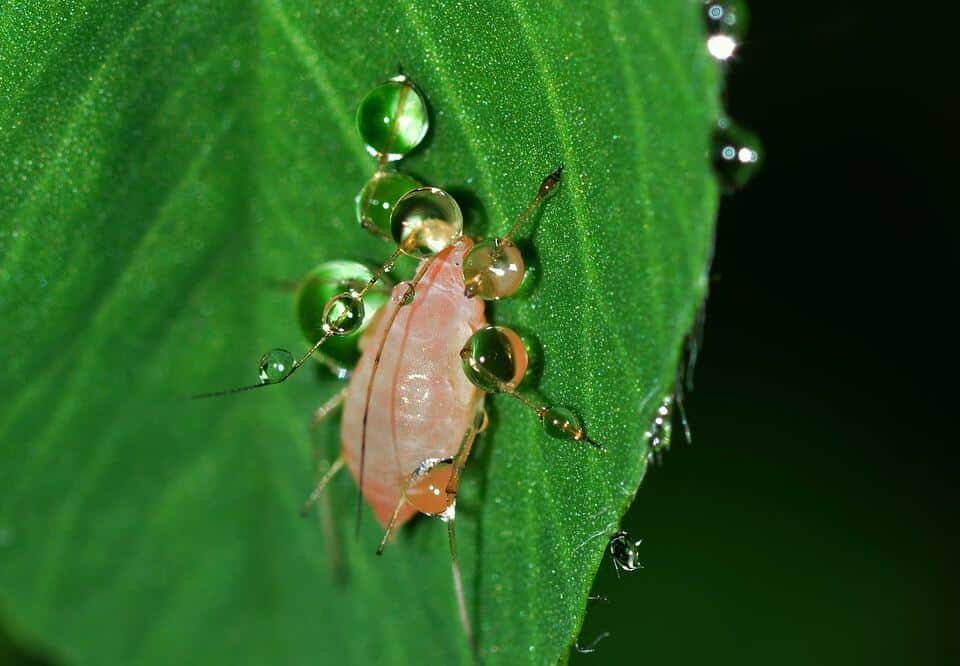
It settles in the leaves and stems where it causes damage because it extracts the sap from the plant.
The most characteristic symptom of its presence is the appearance of dry areas on the plant that progress until it is completely covered.
The aphid can endanger the crop in a very short time.
To combat them, potassium soap can be applied to the underside of the plants.
If the plague persists or is very abundant, after cleaning the leaves with soap, we will apply neem extract, which will act as an insecticide.
Red spider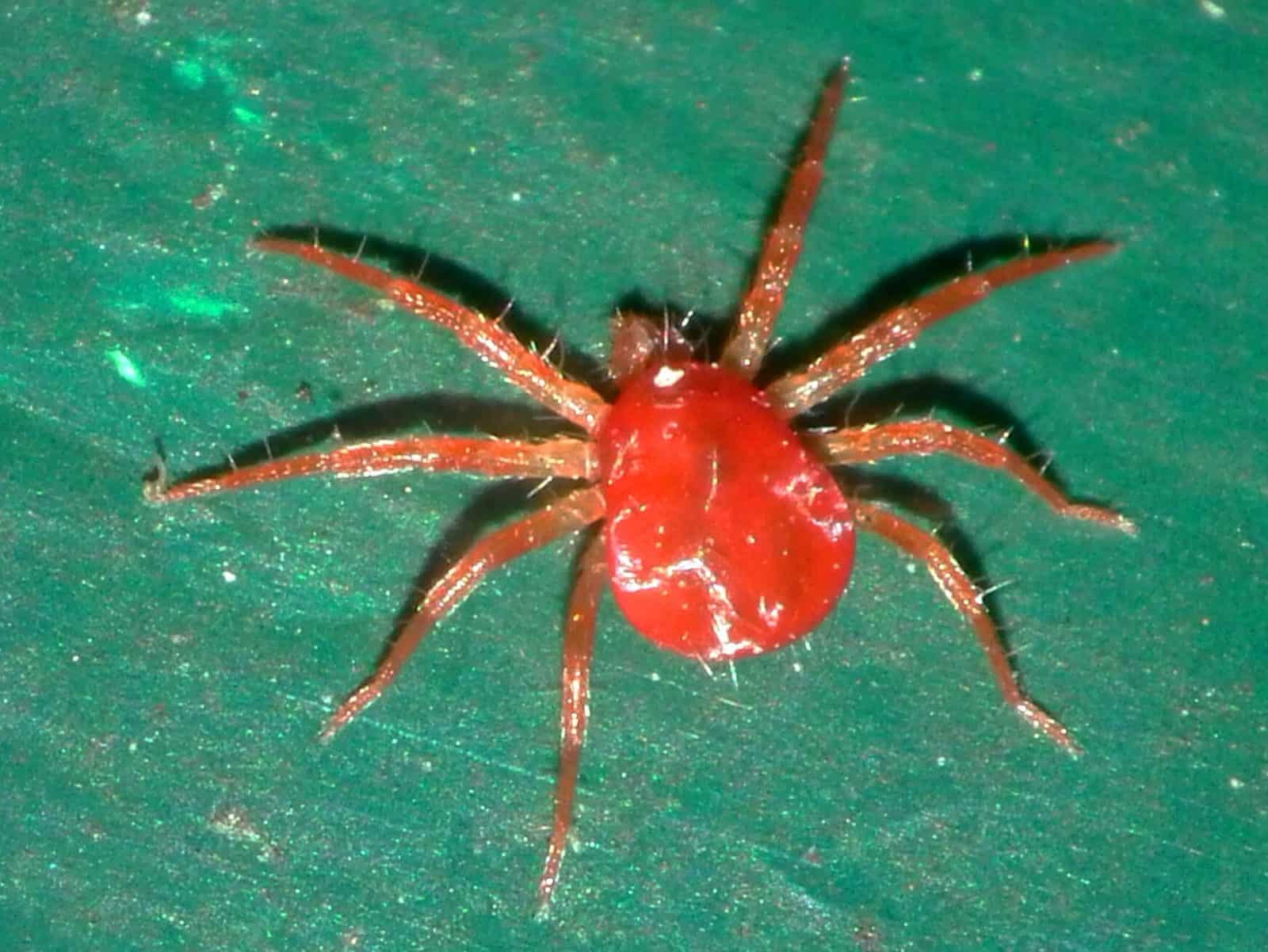
It can be wetted at night by sprinkling to maintain humidity.
To combat the red spider, an extract of garlic and chili can be applied, although if the plant is very affected, it is best to eliminate it to prevent it from spreading to other plants.
leaf miners
Miners are often attracted to the color yellow, so yellow traps or containers with sticky surfaces can be placed for them to adhere to.
Another form of prevention is to place meshes around the crops and clean them of weeds and any type of waste or remains of previous crops.
To combat the adults , neem extract can be applied to the leaves and the bacteria Bacillus thuringiensis against the larvae that produce the galleries in the leaves.
It is also effective to crush the larvae with our own fingers, making sure not to hurt the plant.
Mildew
To combat it, it is recommended to eliminate weeds and crop residues, as well as to avoid excess humidity by promoting adequate ventilation of the plant.
Affected leaves should be removed. Horsetail extract can also be applied .
powdery mildew
It is best to install a drip irrigation system and apply horsetail as prevention.
It also works to eliminate weeds and crop residues and favor the ventilation of the crop.

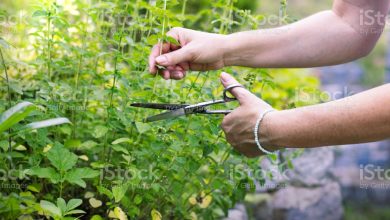
![Photo of Pruning a Bamboo: [Importance, Time, Tools, Considerations and Steps]](https://www.complete-gardening.com/wp-content/uploads/2022/08/pruning-a-bamboo-importance-time-tools-considerations-and-steps-390x220.jpg)
